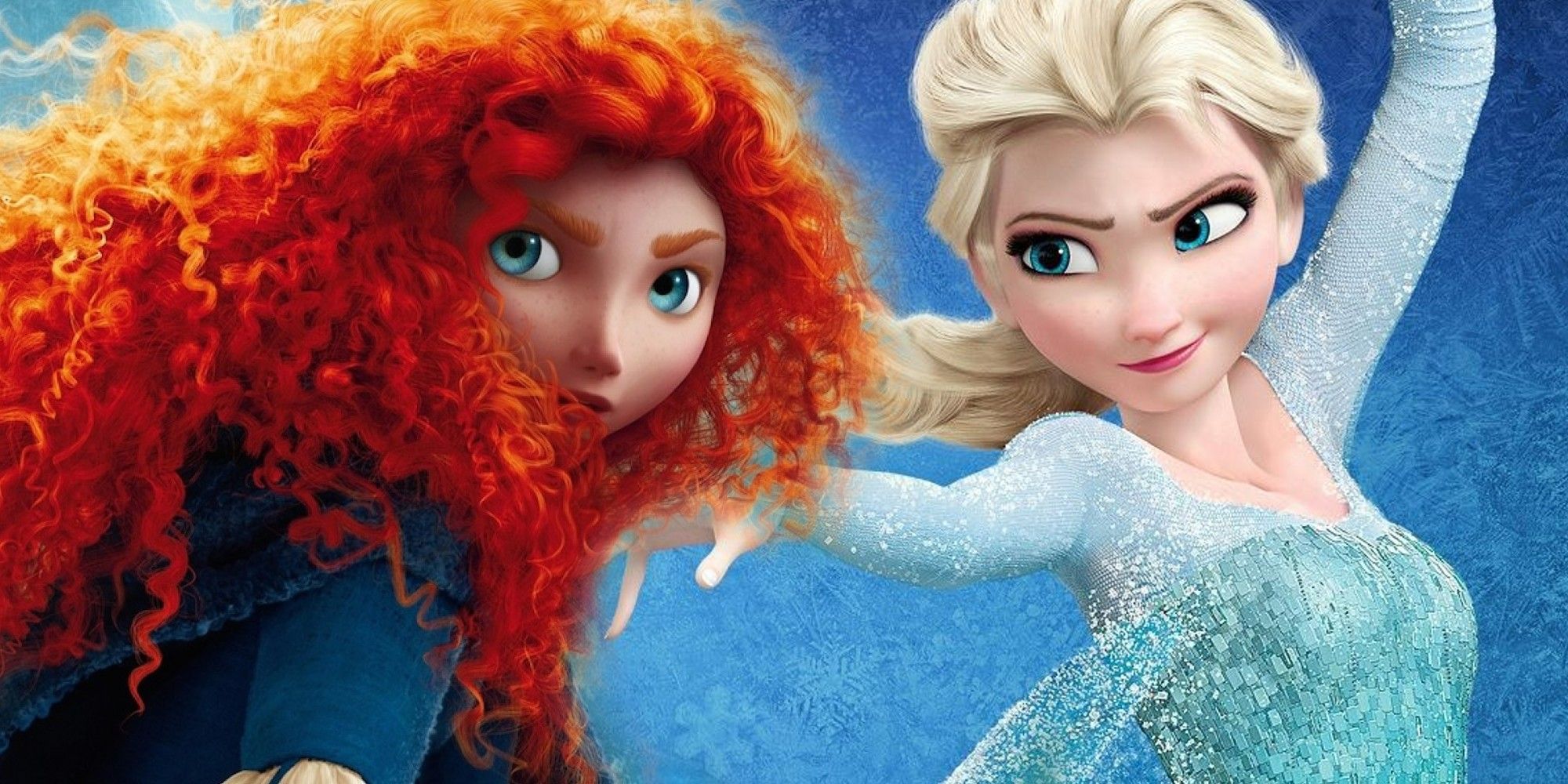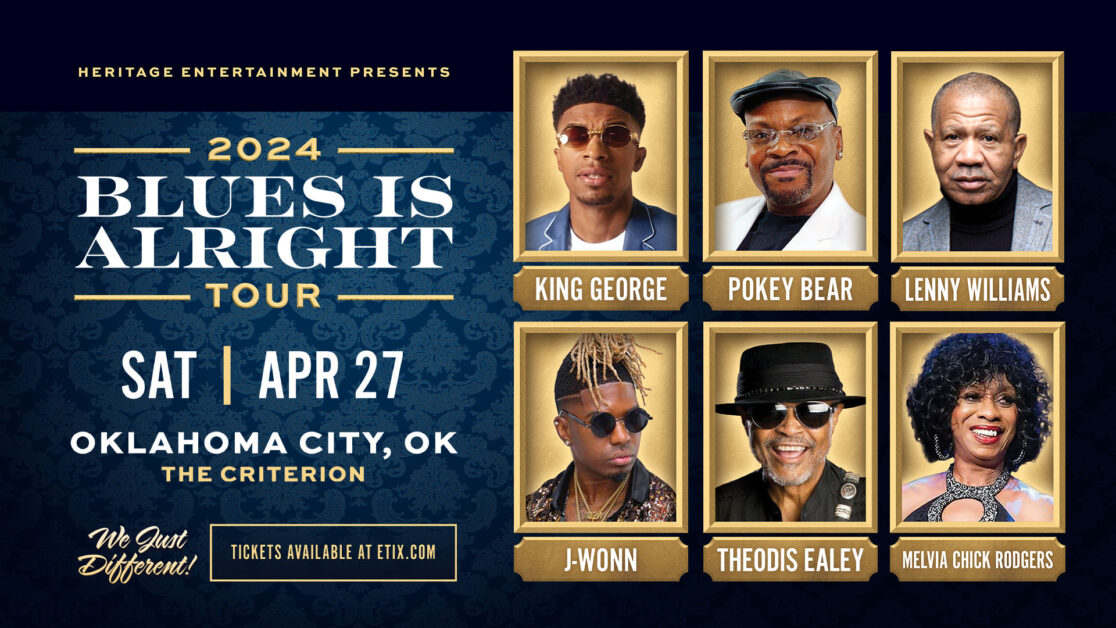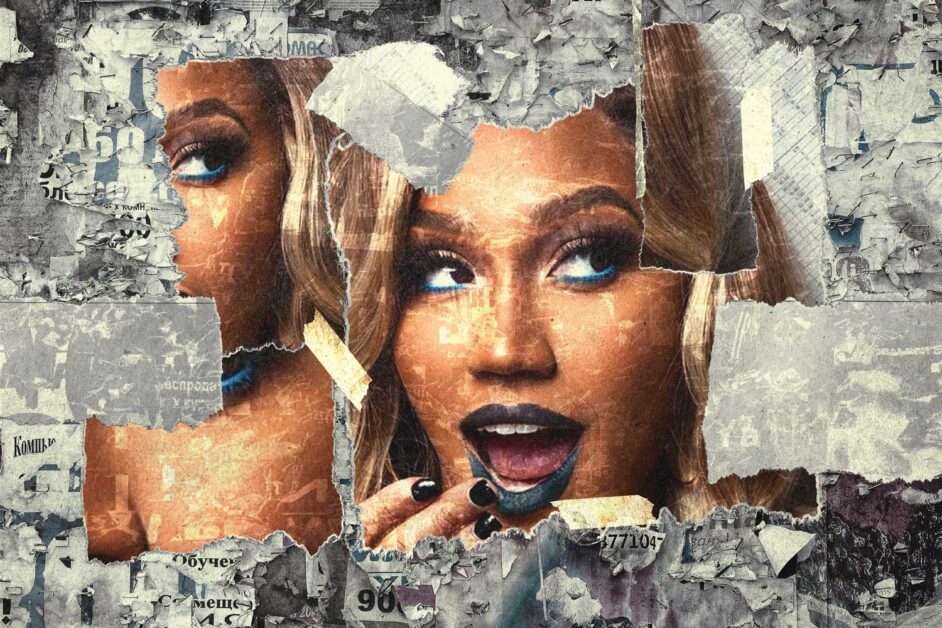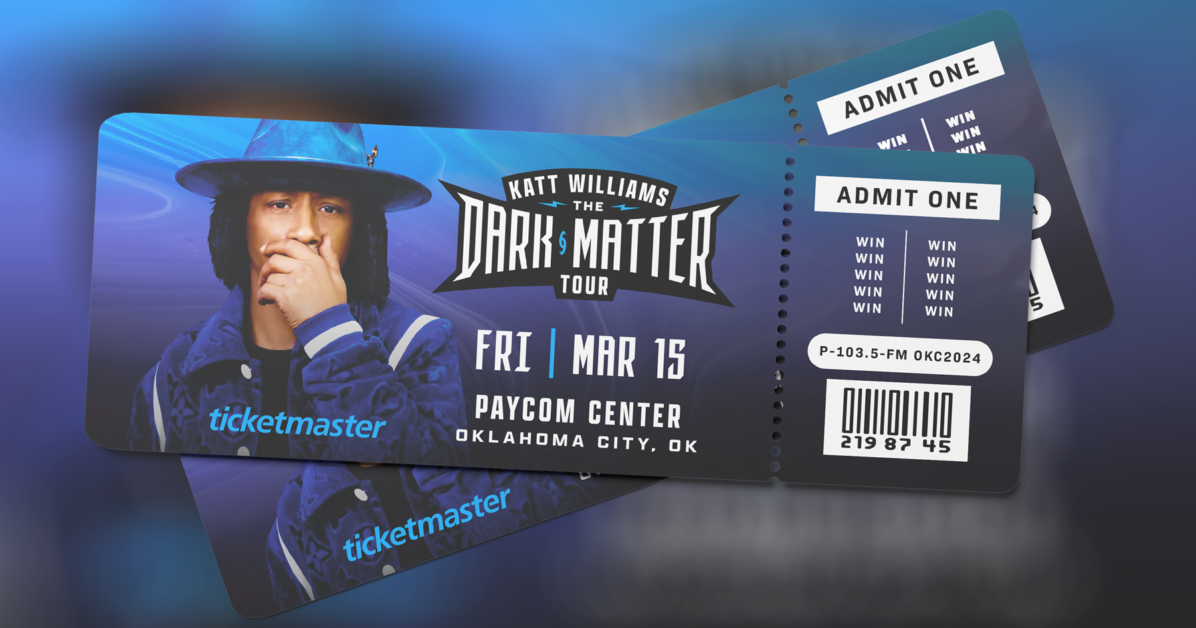The Little Mermaid’s Original Dialogue Reveals A Harsh Truth About Classic Disney Movies
Written by on June 4, 2023
The 1989 The Little Mermaid was revolutionary for many reasons, but a closer look at the film’s dialogue reveals a fundamental issue with Disney’s classic movies. Ariel was the House of Mouse’s first Princess with a strong personality all her own, making her a feminist icon of the time. Her independent nature and rebelliousness were unique compared to characters like Cinderella and Snow White, but that doesn’t mean that The Little Mermaid didn’t have its own problems—such as how it represented its male and female characters.
The early days of Disney saw the introduction of the Princess franchise, with staples such as Snow White and Sleeping Beauty leading the way. Of course, to modern audiences, these classics can come across as a little problematic. All in all, the central characters never seemed to do much. This made the release of The Little Mermaid decades later a significant shift from past princess films. Ariel was full of personality, which meant a far better representation for young girls. However, when linguists look at the film’s dialogue (via The Washington Post), it seems this isn’t entirely true.
The Little Mermaid Gave Significantly More Dialogue To Male Characters
Ariel may have had a lot more to say in The Little Mermaid than her Disney Princess predecessors, but it was still nothing compared to the film’s male characters. Linguists Carmen Fought and Karen Eisenhauer, who have analyzed the dialogue of Disney’s movies, noted that 68 percent of the lines spoken in the 1989 The Little Mermaid were from the males. This is a drastic difference from Snow White and Cinderella, where male dialogue sat at 50 percent for the former and only 40 percent for the latter.
This is quite a surprise since The Little Mermaid would typically be considered an improvement in the realm of feminism. However, the difference comes from the higher frequency of male characters during Disney’s “Renaissance” period (1989-1999). Ariel might have been the main character, but she was surrounded by boys—Eric, King Triton, Flounder, Sebastian, etc.—who did most of the talking throughout the film. The 2023 The Little Mermaid live-action remake added several female characters to remedy this, but it doesn’t change that Disney’s animated films add male supporting characters by default.
How Disney Movies Have Changed Since The Animated Renaissance
Disney’s Renaissance princess films, like The Little Mermaid, Beauty and the Beast, and Aladdin popularized the use of male characters, whereas those from the 1930s – 1960s were predominantly female. This could have been in an attempt to bring more young boys to theaters to see Disney’s new era of animation or could be a simple reflection of the cultural norm of males being the default. Regardless of the reason, Disney seemed to attempt to remedy this in the 2000s with a higher number of female characters per film.
Still, Fought and Eisenhauer’s research revealed that things haven’t gotten much better when it comes to dialogue. Though movies like Frozen focused on two female protagonists, nearly every other speaking part went to male characters by default. Shopkeepers, leaders from other kingdoms, servants—they were all boys. This meant that female dialogue only came to about 40 percent.
That isn’t to say there hasn’t been an improvement since the Disney Renaissance. Female dialogue was at nearly 75 percent in Brave, and Tangled gave the girls just a little more than 50 percent. What’s more, Disney’s live-action remakes like Aladdin gave its female characters more lines than the animated versions and even introduced additional girl roles to add a little more balance. It’s not perfect, but it’s a sign that Disney is on the way to representing genders more equally than with The Little Mermaid.
Source: The Washington Post
watch avatar the way of water full movie
watch avatar the way of water full movie
watch avatar the way of water full movie





